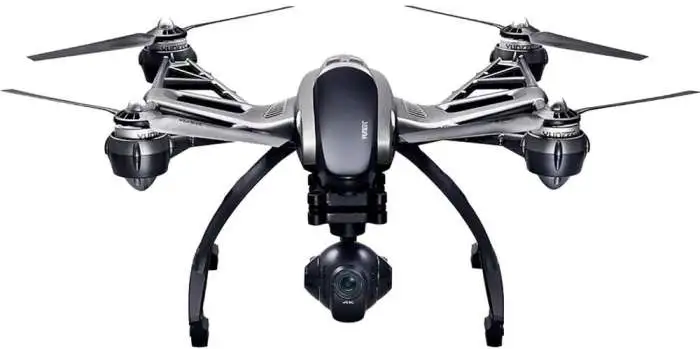
Unboxing Yuneec Typhoon Q500 4K Drone
Yuneec emerged from the blue to a many individuals when they delivered their Q500 (or Tropical storm) series in 2014. As a matter of fact the Yuneec Electric Flying organization has been around beginning around 1999 and was answerable for a portion of the principal all-electric full-scale light airplane to go into creation.
They are no more odd to drones and other controller airplane, either, as they additionally make the Edge, Parkzone, E-Flight and Firebird brands.
The Q500 Typhoon series contended decisively with the DJI Apparition range, and in the most recent 4K Expert model Yuneec are setting their destinations on the Ghost 3 Expert.
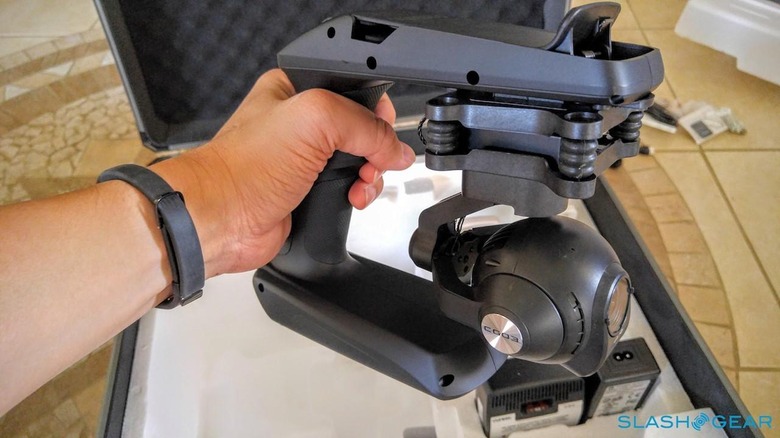
Sold through an organization of vendors and direct by means of the web in specific domains, the Q500 4K Expert has a few elements to recognize it on the lookout, and the bundle appears to address great worth as it accompanies all that you want to fly in addition to a hard case, 2 flight batteries and an independent gadget that transforms the robot's gimbal into your own 3-pivot balanced out hand-held 4K camera.
Key Features
1: 3-hub settled incorporated 4K camera. || 4K/30FPS UHD and 1080p/120fps video for slow movement, 12 Megapixel Stills || Transmitter with 5.5" touchscreen show for telemetry and FPV video at 480p.
Wide point, mutilation free focal point with 115 degree FOV (approx comparable to 14mm). || 5 Flight Modes: Savvy, Point, Follow Me, Watch Me and Get back. || As long as 25 minutes flight times for every battery - 2x 5400mAh batteries included. || SteadyGrip ground handle with Slant Mode.
Build Quality
The Q500 is very much fabricated, albeit the plastics utilized feel a lighter grade than those utilized on a DJI Ghost 3, for instance. A piece of this will be down to weight saving as the Q500 is huge - it's more than 25% greater on the engine to-engine slanting than a Ghost.
Yet this implies it doesn't feel very as cleaned in that frame of mind as a portion of its rivals. The arrival gear feel somewhat unstable, yet this is predominantly down to the way that they are intended to be effectively eliminated for capacity, thus why these parts don't feel as strong as on airplane where they are not removeable.

The camera gimbal is removeable, in spite of the fact that while doing this you want to turn off and replug an information/power link each time which could pass on to harm longer term assuming you habitually eliminate the camera from the airplane to utilize the handheld SteadiGrip (which in itself is a fairly plasticky undertaking that requires 8 AA batteries.
However at that point again it's incorporated for nothing). The hard case that accompanies it is helpful for stockpiling, however not so much for movement - it's too huge and it doesn't feel like it will take such a large number of thumps. The supplement is additionally polystyrene, as opposed to high thickness froth or comparable.
Assembly and Tuning
The Q500 4K is a prepared to-fly airplane, and accompanies all that you really want to fly, film and see video downlink. Since the transmitter has an underlying touch-screen android tablet dealing with all that there's compelling reason need to have your own brilliant gadget or download any applications, and so on.
Charging flight batteries and connecting props is the main arrangement required, and there's a short trust that the transmitter will boot up.
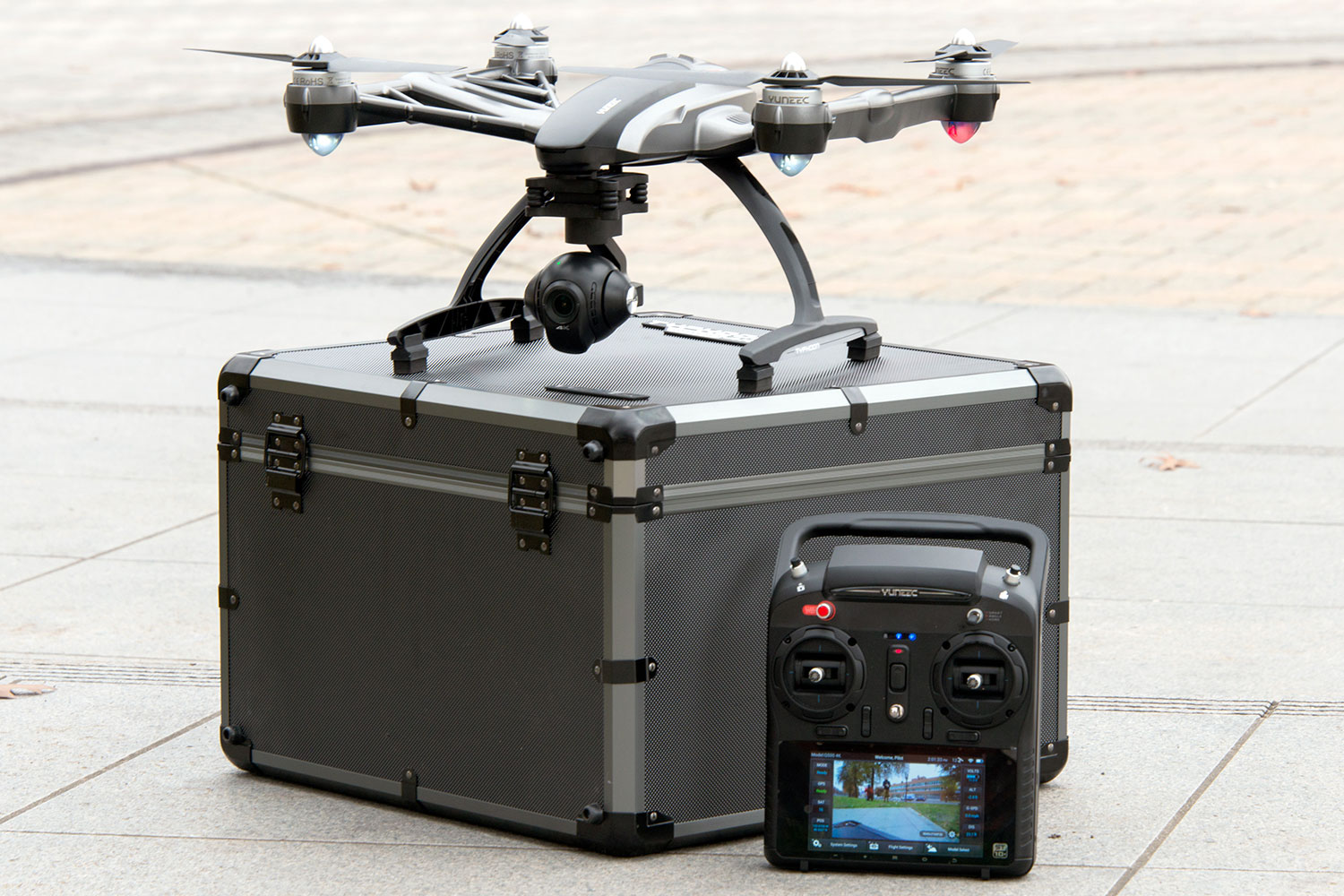
The transmitter will illuminate you assuming the airplane feels it needs any adjustments or you can actuate them physically. Any firmware refreshes that are required are clear and include connecting to a PC by means of USB.
Flying
The Q500 is an enormous airplane, however when fueled up it's exceptionally peaceful contrasted with other airplane in this class. The bigger props mean the engines can turn all the more leisurely and the clamor from this airplane is significantly less meddlesome than other prepared to-fly camera drones, which may be an unmistakable benefit to those hoping to expertly utilize it.
Albeit not explicitly focused on at novices, the airplane is exceptionally lenient and clear to fly. There is no auto take-off or landing capabilities, yet neither of these moves are troublesome - the weight and size of the Q500 fits soundness.
Astute direction control is accessible in the Shrewd Mode, meaning the airplane will travel through the air toward the path the right stick is moved, regardless of the airplane's genuine direction.
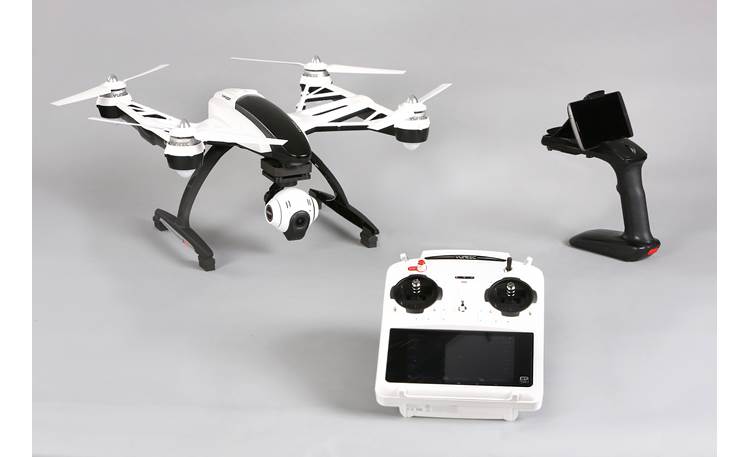
You can likewise get to a "Follow Me" capability in this mode. Point Mode is customary control comparative with the airplane's nose position, utilizing GPS and different sensors to stand firm on situation and level assuming controls are delivered. At long last Home mode is the safeguard or return to home choice.
The transmitter likewise has a variable speed rate dial (set apart from turtle to rabbit) so novices or those after smoother, more slow flight can change the speed on the fly.
Right now there is no waypoint flying or independent flying mode - in the event that that is something you would find valuable, that could be an issue for you with this airplane as Yuneec have obviously expressed that they don't expect to add this capability anytime.
Out of the case the airplane is set up with a "geofence" and that implies you can't fly it extremely far or exceptionally high - something beneficial for fledglings, however prohibitive for prepared flyers. Fortunately you can change the cutoff points from the application in the transmitter.
In flight the Q500 is discernibly more slow than the DJI Apparition - it's maximum speed is simply over around 50% of that conceivable with the 4K prepared Ghost 3 Expert, for instance. As a stage intended for elevated video that is not really an issue, but rather it implies that infiltration into a headwind won't be as perfect, nor is the time made to move between effort areas.
Having said that the Q500 handles breezy circumstances shockingly well for an enormous quad. It's not as pinpoint precise in its GPS holds as the DJI Ghost 3 Master or Progressed.
However it's adequate to allow the gimbal to take care of its business and give stable film. The airplane flies without a hitch and it's a pleasurable and loosened up experience, yet in the event that you need sharp, fresh reactions to your control inputs with fast and tight course changes then this isn't an ideal robot for you.
Climbs and plunges are passerby, however the last option is presently not all bad for generally prepared to-fly camera quads to keep away from any issues with vortex ring state. Landing was ordinary - again the bigger casing size and weight implies things don't get too squirrely near the ground.
Ground Station/Controller
The "ST10+ Individual Ground Station" is huge, having an implicit 5.5" contact screen, yet entirely shockingly light. Again somewhat lower quality plastics are utilized, yet for this situation that is an advantage.
It comes provided with a stalemate section for a neck lash so your perspective on the touchscreen isn't discouraged by your cord or tackle, and it likewise accompanies a glare safeguard which can be fixed over the screen utilizing little pull cups. Not the most rich arrangement, yet it sticks. Anyway like all screens you will have a steady battle with glare on splendid days.
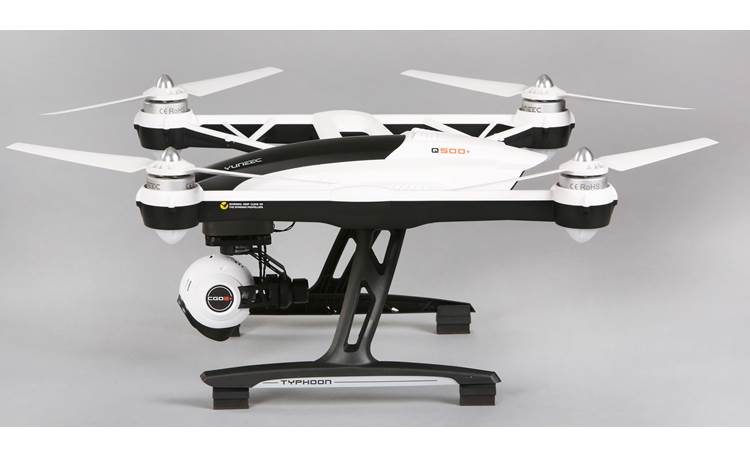
The touch screen is mounted underneath the control sticks, which permits you to get one hand off the sticks to get to the capabilities on the screen, which is a smart idea contrasted with drones that utilization tablets or telephones that are generally mounted on holders on the highest point of the transmitter unit, meaning you really want to go completely hands off to utilize their touch screens.
The GUI is fine, and everything the data you really want is introduced in a boundary around the FPV downlink from the airplane - with a fast twofold tap you can eliminate all that and simply leave a full 5.5" of camera view, which is helpful for arranging your shots.
Camera
The 4K camera and gimbal unit produces sensible quality outcomes. Regardless of its wide point, the rectilinear focal point has no contortion and gives great, clean skyline lines.
Anyway in the same way as a ton of less expensive exceptionally wide point focal points there is an observable mellowing of the picture around the edges - more obvious in the Q500 than in the Ghost 3 Expert.

The remainder of the picture is quite sharp, nonetheless, and with all settings on default, pictures are satisfying to the eye. The capacity to shoot full HD at 120fps implies that you can catch some exceptionally decent slo mo film at half speed.
Uncommonly for a camera drone the Q500 camera has a mouthpiece (which you can turn on and off as required) so on the off chance that meeting the hints of your propellers and engines and wind commotion is your thing you can have it assuming you need.


